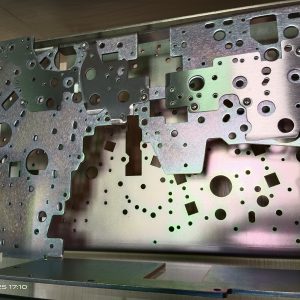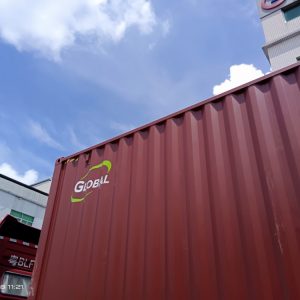China Sheet Metal Fabrication Factory

What is the difference between electroplating and e-coating?
Electroplating and e-coating (electrophoretic coating) are both surface finishing processes that involve the use of electric currents to apply a coating to a conductive substrate. However, they…

What are the basic guidelines for sheet metal fabrication?
Because Sheet Metal parts are manufactured from a single sheet of metal the part must maintain a uniform wall thickness. Sheet metal parts with a minimum of 0.9mm…

What is the toughest metal to weld?
The toughest metal to weld is generally considered to be titanium. Several factors contribute to the difficulty of welding titanium: Reactivity: Titanium is highly reactive with oxygen,…

What is the difference between sheet metal and fabrication?
Sheet metal and fabrication are closely related terms, often used in the context of manufacturing and metalworking, but they refer to different aspects of the process. Sheet…

How to Control Sheet Metal E coating Quality?
Controlling the quality of sheet metal e-coating involves meticulous management of the entire coating process, from surface preparation to final inspection. Here’s a detailed guide on how…

What are the Applications of Sheet Metal Parts?
Sheet metal parts are used in a wide variety of applications across many industries due to their versatility, strength, and ease of fabrication. Some common applications include:…

How to Avoid Sheet Metal Welding Defects?
Avoiding defects in sheet metal welding involves careful preparation, appropriate technique, and thorough inspection. Here are some strategies to minimize welding defects: 1. Proper Material Selection Quality…

Sheet Metal Laser Cutting Types and Thickness
Laser cutting is a precise and versatile method used for cutting sheet metal. The maximum thickness that can be cut depends on several factors, including the type…